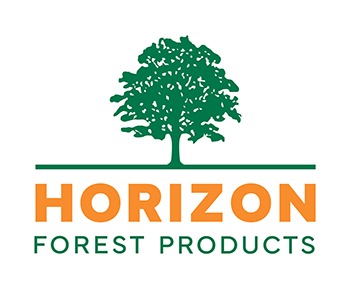Composite & Specialty Panels
Choose a product to learn more:
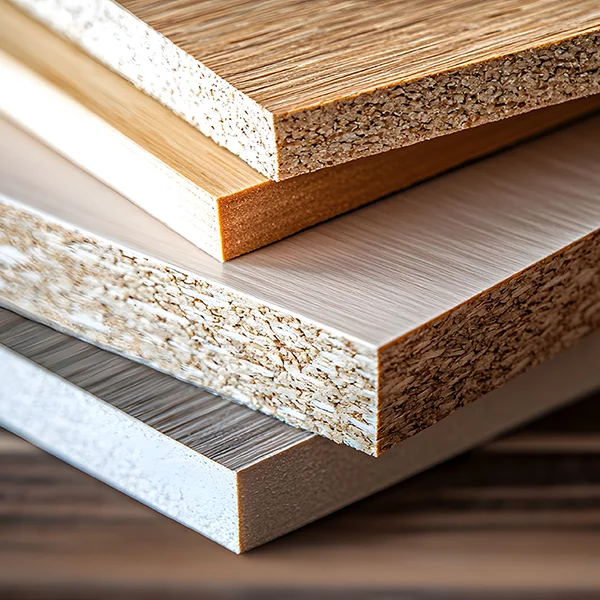
Melamine, Thermal Fuse
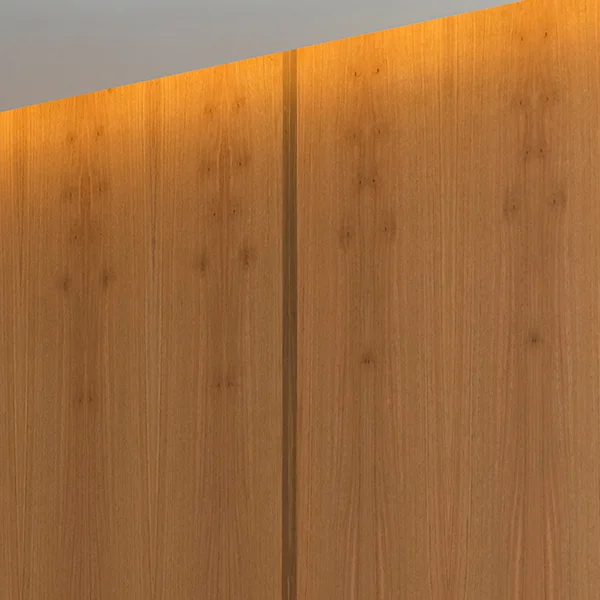
Melamine, Cold Roll
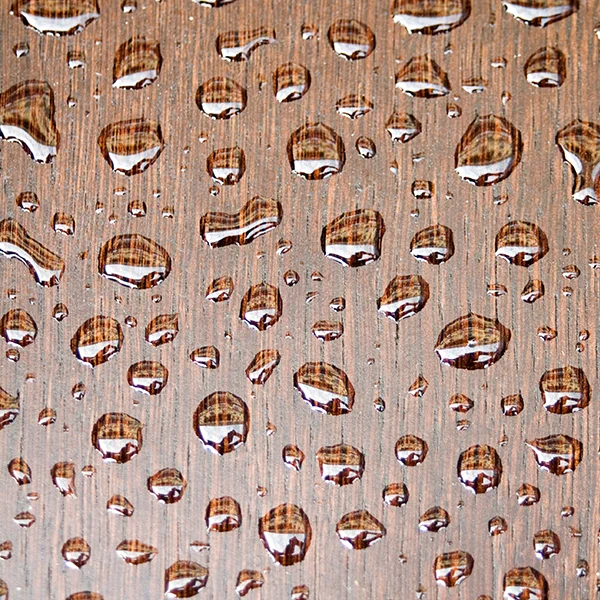
MDF, Exterior
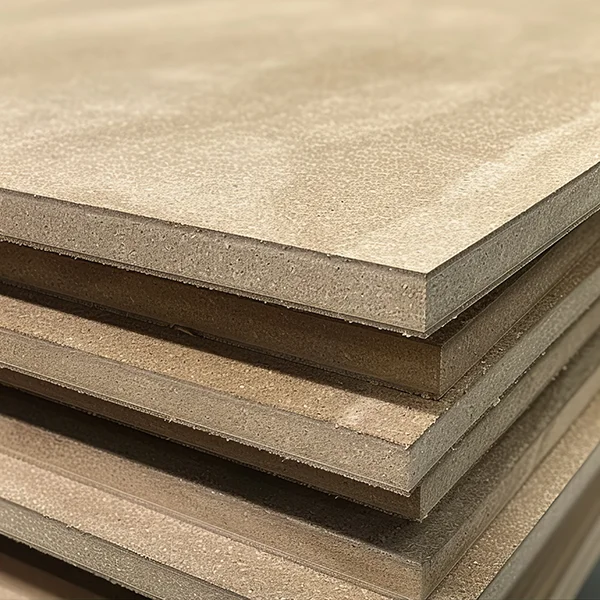
MDF, Std Weight
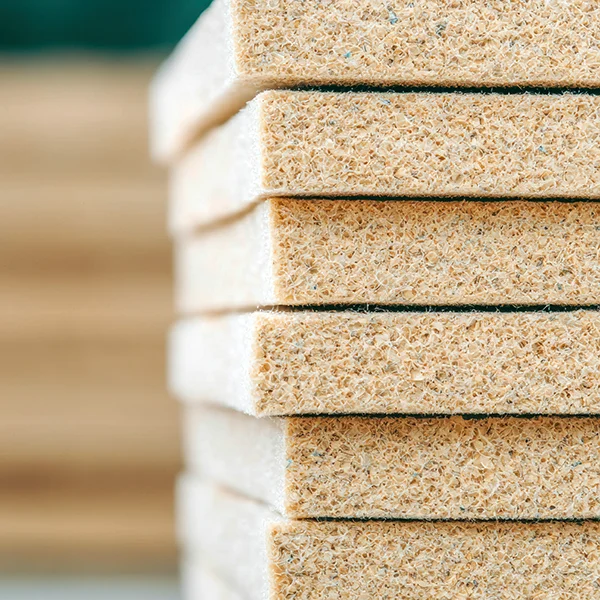
MDF, Light & Ultralight
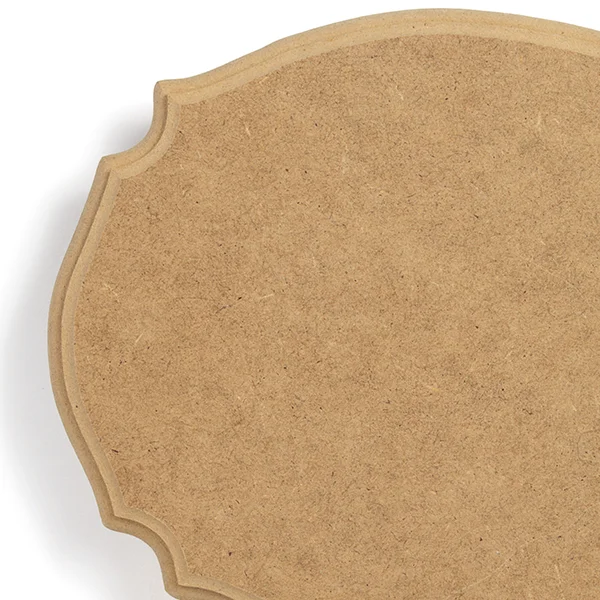
MDF, Door Grade
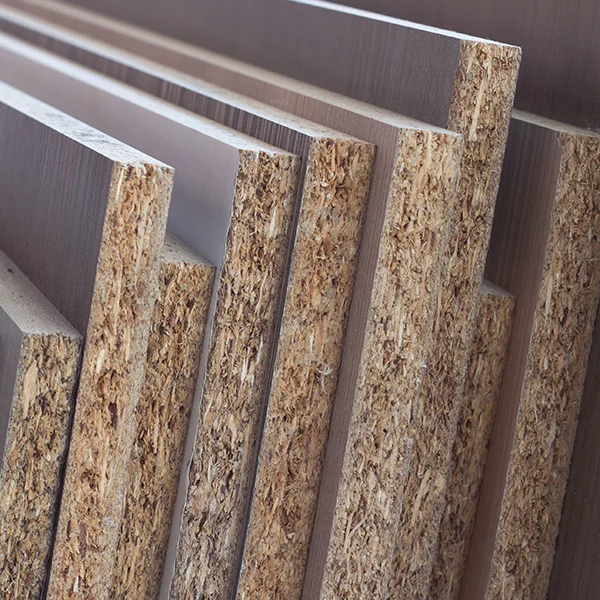
Particle Board
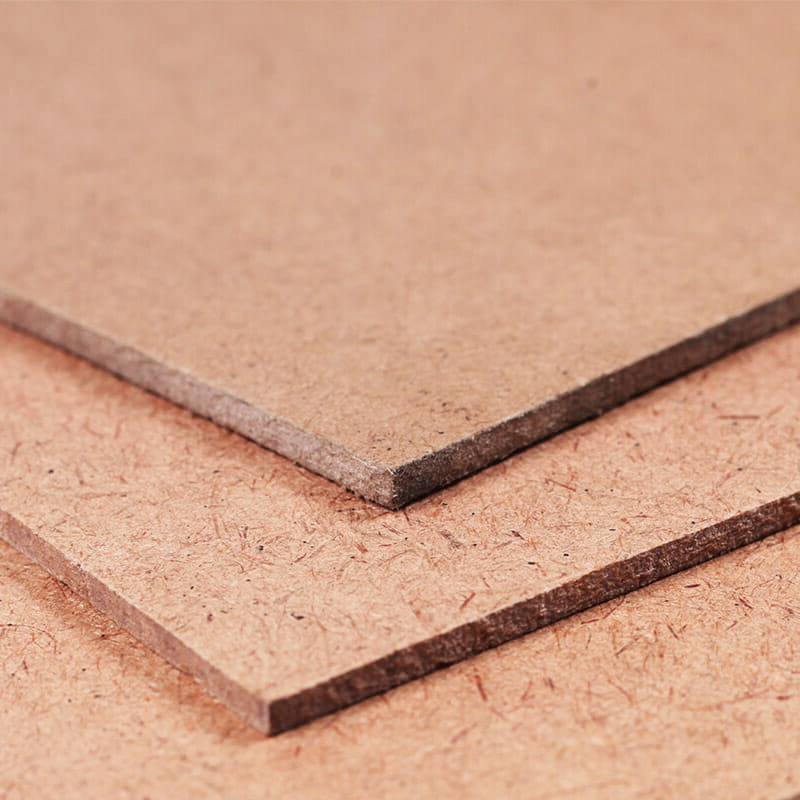
Hardboard, Tempered
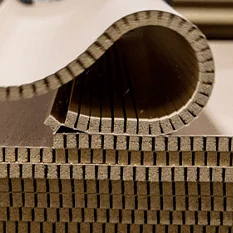
KerfKore® Flex Panels
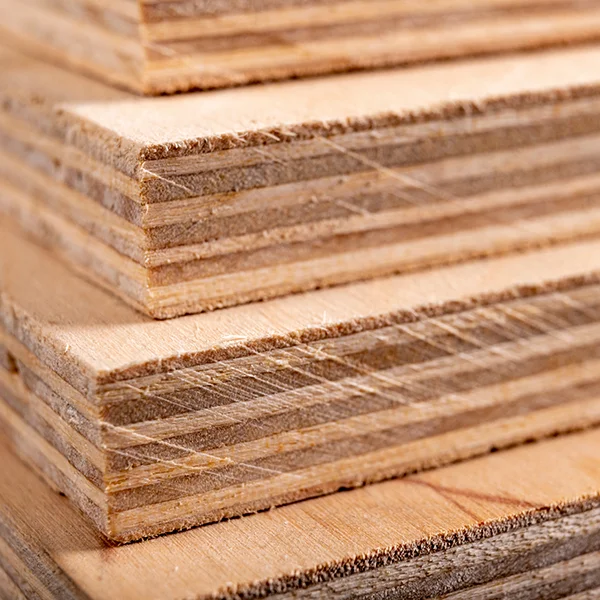
Meranti Marine Plywood
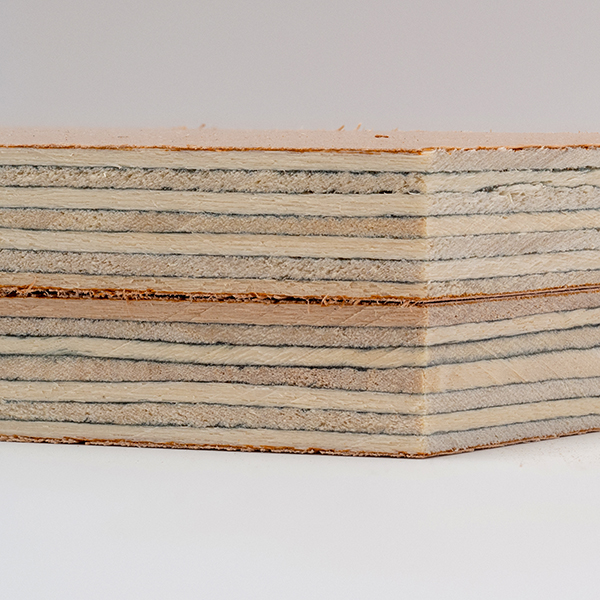
Okoume Marine Plywood
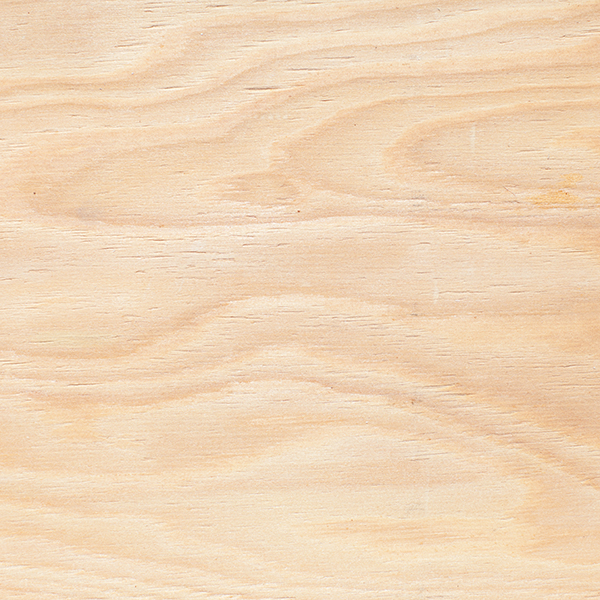
Fir Marine Plywood
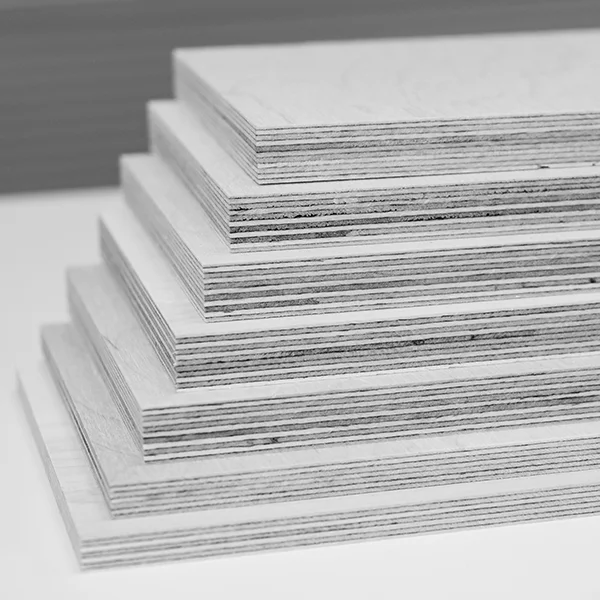
Fir, Medium Density Overlaid
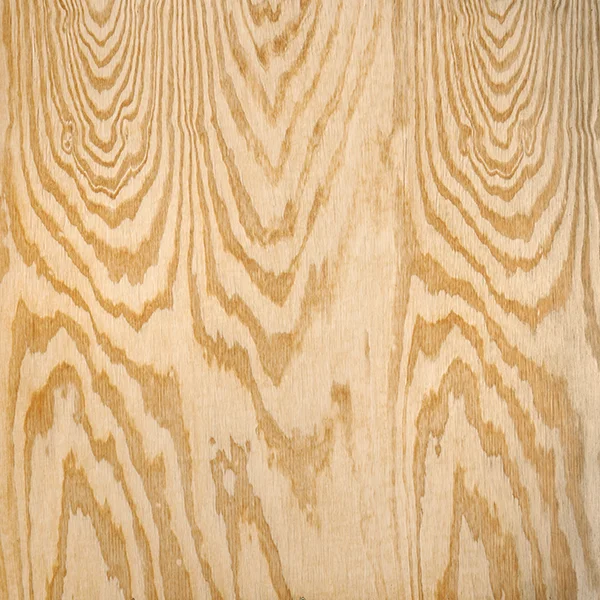
Pine Plywood
Pine Plywood:
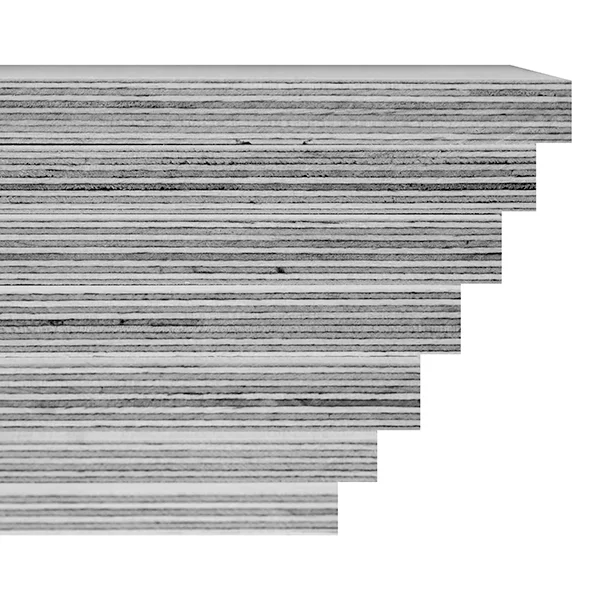
Birch with White Cabinet Liner
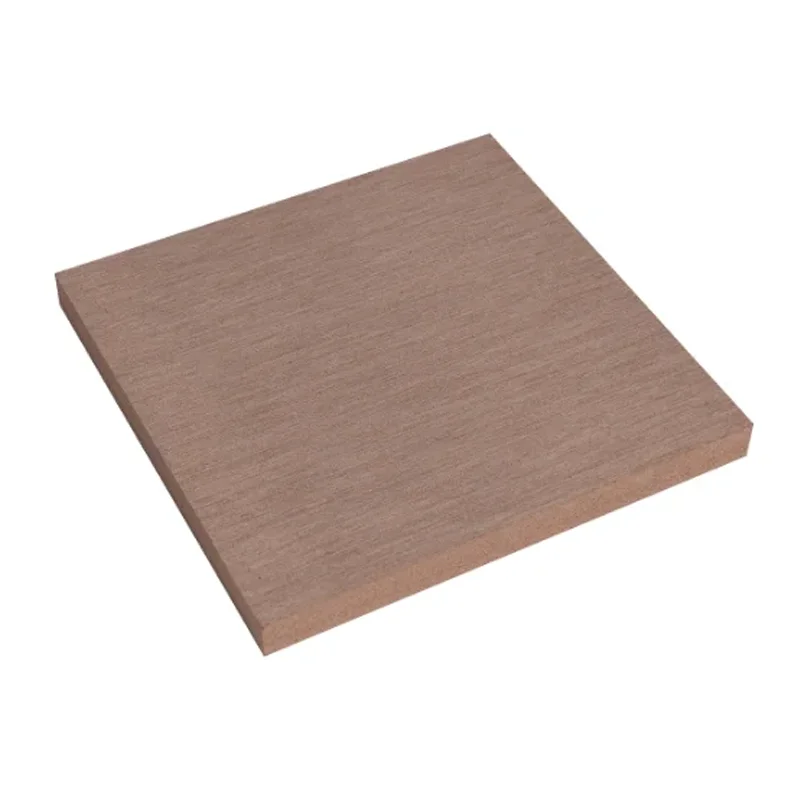
ACRE
ACRE:
Composite
& Specialty
Panels
Choose a product to learn more:

Melamine, Thermal Fuse
Melamine, Thermal Fuse:
Thermally fused melamine (TFM) is a cost-effective alternative to high-pressure laminate (HPL), ideal for vertical or low-wear applications. Manufactured by fusing a melamine-impregnated decorative paper to a particleboard or MDF substrate under extreme heat and pressure, TFM provides a durable, scratch-resistant, and moisture-resistant surface that is easy to clean and maintain. However, veneer cores cannot be used in the fusing process due to the risk of “blowout”; for projects requiring a veneer core, Cold Roll Melamine is recommended. Available in a range of standard colors—including White, Antique White, Almond, Light Grey, Dark Grey, Black, Hard Rock Maple, Pearwood, and Executive Cherry—TFM panels come in various thicknesses and sizes, with custom options available through special order. Its affordability, versatility, and broad selection make it a popular choice for cabinetry, furniture, wall panels, and storage solutions.

Melamine, Cold Roll
Melamine, Cold Roll:
Cold roll melamine is a cost-effective alternative to thermally fused melamine, ideal for vertical or low-wear applications where high-pressure laminate is unnecessary. Unlike thermally fused melamine, which requires heat and pressure for bonding, cold roll melamine is applied using a rolling process at lower temperatures, allowing it to be used with a variety of substrates, including veneer core, MDF, and particleboard. While not as durable as high-pressure laminates, it provides a decorative and protective finish suitable for furniture, cabinetry, and interior décor in low-traffic environments. Available through special order in a range of colors and wood grains, cold roll melamine offers flexibility in design while maintaining affordability.

MDF, Exterior
MDF, Exterior:
Exterior MDF (Medium Density Fiberboard) is a type of engineered wood designed specifically for outdoor or high-moisture environments. Unlike regular MDF, which is vulnerable to moisture and can swell, warp, or deteriorate, exterior-grade MDF is treated with water-resistant resins or coatings to improve its durability and resistance to the elements. It offers a smooth surface ideal for painting and finishing, making it suitable for applications like doors, window sills, and exterior trims. Exterior MDF can withstand moisture and humidity better than standard MDF. It is commonly used in outdoor furniture, facades, and decorative elements, but should not be directly exposed to harsh weather conditions without proper safeguards.

MDF, Std Weight
MDF, Std Weight:
Medium Density Fiberboard (MDF) is an engineered wood product created by compressing fine hardwood or softwood fibers with an adhesive under heat and pressure. This process results in a dense, smooth, and uniform panel with highly workable edges, making it ideal for applications like furniture making, cabinetry, and interior design. With an average density of 49 lbs per cubic foot (around 700–800 kg/m³), MDF provides excellent consistency and flatness. Its ability to produce even, flat panels makes MDF a versatile and reliable material for a wide range of woodworking projects.

MDF, Light & Ultralight
MDF, Light & Ultralight:
MDF (Medium Density Fiberboard), Light MDF, and Ultralight MDF are engineered wood products that vary in density, weight, and application suitability. Standard MDF, with a density of around 49 lbs per cubic foot, is dense and strong, making it ideal for heavy-duty applications like furniture, cabinetry, and moldings, though it can swell when exposed to moisture. Light MDF, engineered for weight-sensitive projects, has a density of approximately 34 lbs per cubic foot and provides a smooth, flawless surface, making it perfect for millwork, lamination, and applications where finished product weight is a concern. Ultralight MDF, the lightest of the three with a density around 16–25 lbs per cubic foot, is highly suited for lightweight applications such as ceiling panels, mock-ups, and signage, though it is more brittle and less durable than the other two types. In summary, the choice between these materials depends on the weight and durability requirements of the project, with standard MDF being the heaviest and most durable, light MDF offering a balance of strength and reduced weight, and ultralight MDF providing the lightest, most easily handled option for non-load-bearing uses.

MDF, Door Grade
MDF, Door Grade:
MDF Door Grade is a specialized type of Medium Density Fiberboard designed specifically for the cabinet door industry, particularly for painted and bladder-pressed doors. It features a smooth, even surface that is perfect for finishing with paint or veneer, ensuring a polished appearance. This grade of MDF is engineered for enhanced machinability, allowing for precise cuts and details without raised fibers. Its uniform density throughout the board contributes to a flatter profile, which enhances stability and strength, making it more durable than standard MDF. Additionally, some versions are moisture-resistant, making them suitable for high-humidity environments like kitchens and bathrooms. Overall, MDF Door Grade offers a combination of smoothness, durability, and consistency, making it an ideal choice for high-quality, long-lasting cabinet doors.

Particle Board
Particle Board:
Particle board, also known as chipboard, is an engineered wood product made by mixing small softwood or hardwood chips with an adhesive, which are then pressed together under heat and pressure to form a solid sheet. With a typical density of 49 lbs per cubic foot, it is lightweight and cost-effective, making it the least expensive of the composite wood substrates available. Particle board serves as an excellent substrate for high-pressure laminates or real wood veneers, providing a smooth surface for finishing. While it is widely used in mass-produced furniture, cabinetry, and flooring due to its affordability, it lacks the strength and durability of plywood or solid wood and is more susceptible to moisture damage, which can cause swelling and loss of structural integrity.

Hardboard, Tempered
Hardboard, Tempered:
Tempered hardboard, also known as high-density fiberboard (HDF), is an engineered wood product made by compressing wood fibers with heat, pressure, and adhesives. The tempering process enhances the material’s strength, durability, and moisture resistance by hardening the board. As a result, tempered hardboard is denser, more rigid, and more resistant to impact and wear than standard hardboard. It is commonly used in applications where durability is crucial, such as furniture, cabinet doors, flooring underlayment, wall panels, and industrial uses. With its smooth surface, moisture resistance, and increased strength, tempered hardboard is well-suited for environments that require both resilience and longevity.

KerfKore® Flex Panels
KerfKore® Flex Panels:
KerfKore® Flexible Panels are a patented line of bendable substrates designed to reduce time and costs in contour and large feature projects. Up to 80% lighter than traditional materials, these lightweight structural and architectural panels streamline installation and reduce project time by up to 70% without the need for special tools. Utilizing a unique base layer manufacturing process combined with an LTX Black Flexible Backer, KerfKore® creates highly flexible and stable panels that ensure consistent, symmetrical results. Ideal for attaching high-pressure laminates, veneers, metals, and other semi-rigid materials, these panels are perfect for creating curved, custom elements in both residential and commercial spaces. The precision design guarantees high-quality, flexible solutions for dynamic architectural and furniture applications.

Meranti Marine Plywood
Meranti Marine Plywood:
Aquatek Marine Grade Meranti Plywood is a high-quality, multi-ply plywood made from whole-piece, color-matched Meranti veneers for both the face and inner plies, providing strength and a consistent appearance. This moderately dense plywood is 30% heavier than Okoume and offers good resistance to rot, mildew, and moisture, making it ideal for marine environments. Manufactured to the BS 6566 British Marine Plywood standard, it features slightly thicker core veneers, ensuring durability while remaining competitively priced. The plywood has excellent machinability, with strong nailing, screw-holding, and gluing properties, and its color ranges from light to dark within the same panel. Common applications include boat decks, hull planking, cabinets, decking, flooring, docks, outdoor kitchens, furniture, signs, and utility trailer decks. Available in thicknesses of 6mm, 9mm, 12mm, and 18mm, it is a versatile and reliable choice for marine and outdoor projects.

Okoume Marine Plywood
Okoume Marine Plywood:
Okoume Marine Grade Plywood is a premium plywood sourced from the Okoume tree, which is exclusively grown along the equatorial west coast of Africa. Known for its ideal strength-to-weight ratio, it is widely used in boat building, particularly for canoes, kayaks, catamarans, and motorboats. The plywood is lightweight yet durable, treated to resist water, rot, and fungi, making it perfect for marine environments. Joubert Okoume Marine 1088 plywood is available in thicknesses of 6mm, 9mm, 12mm, 18mm, and 25mm, and is approved to meet BS1088 and Lloyd’s Register Type standards, ensuring its suitability for nautical construction. Its applications include hull reinforcement, creating molds, exterior decks, and interior fittings for boat cabins. With a smooth surface ideal for finishing, Okoume plywood offers both structural integrity and aesthetic appeal, making it a top choice for boat builders.

Fir Marine Plywood
Fir Marine Plywood:
Fir Marine Plywood and MarineTech veneer core panels are both high-performance materials designed for marine and moisture-exposed environments, offering distinct benefits for different applications. Fir Marine Plywood, made from Douglas Fir or similar species, is bonded with waterproof adhesives to prevent warping, rot, or delamination, making it ideal for boat hulls, docks, and other structures exposed to water. MarineTech veneer core panels, crafted from slow-growth inland Douglas Fir and Western Larch, feature superior core construction with tight cross-band tolerances that exceed industry specifications, ensuring added strength. These panels are available in both S1S and S2S options, with “B” grade faces free of open knot holes or defects, and “C” grade backs with minimal imperfections. Fully sanded with 60-grit paper for a smooth finish, they are available in various thicknesses and sizes, including special orders for larger panels or tongue & groove configurations. While both materials are perfect for marine and outdoor construction, MarineTech panels offer enhanced durability, strength, and finish quality, making them ideal for high-end projects where both performance and aesthetics are crucial.

Fir, Medium Density Overlaid
Fir, Medium Density Overlaid Plywood:
Fir Medium Density Overlaid Plywood (MDO) is an engineered wood product made from layers of Douglas Fir, a strong and durable softwood, combined with a Medium-Density Overlay (MDO) surface. The fir core provides strength, flexibility, and cost-effectiveness, while the resin-impregnated paper overlay offers a smooth, durable surface that enhances the plywood’s resistance to moisture, weather, and wear. This makes Fir MDO plywood particularly suitable for outdoor applications like signs, concrete formwork, and exterior panels. MDO is a preferred product for sign-making applications due to its smooth surface, which allows for easy painting and finishing, as well as its durability in outdoor conditions. Additionally, the plywood is lightweight yet strong, making it an excellent choice for projects that require both sturdiness and ease of handling.

Pine Plywood
Pine Plywood:
Pine plywood is a type of plywood made from pine wood, a softwood species. It is a manufactured wood panel made by layering thin sheets of wood veneer, called plies, and bonding them together with glue. The layers are stacked with the grain of each sheet running perpendicular to the previous one, which gives the panel added strength and stability. Pine plywood is known for being strong and durable, making it suitable for both structural and non-structural applications. Compared to hardwood plywood, pine plywood is lightweight and easy to cut, shape, and work with using common woodworking tools. It is generally more affordable than hardwood plywood, making it a popular choice for various purposes. Pine plywood is commonly used in construction for subflooring, wall sheathing, and roof decking. It is also used for making cabinets, shelves, and basic furniture, as well as for DIY projects, crafts, and decorative items. Additionally, it is frequently used in packaging for crates and pallets due to its affordability and strength. Pine plywood is versatile and available in various thicknesses and grades, depending on the quality and intended use.

Birch with White Cabinet Liner
Birch Plywood with White Cabinet Liner:
Birch plywood with a white cabinet liner, typically utilizing a veneer core of Chinese Birch or Sande substrate, is a high-performance panel ideal for cabinetry and closet systems. The panel is constructed by layering thin sheets of birch veneers onto a durable core, then pressing a thin white laminate sheet onto one or both sides, giving it a sleek, modern finish. This white laminate not only enhances the aesthetic by providing a clean, bright interior but also makes the panel easier to clean and more resistant to wear. Preferred over particle board or MDF core melamine, this plywood offers superior strength and stability, making it ideal for applications like cabinet boxes and closet systems, where both performance and appearance are essential.

ACRE
ACRE:
ACRE, developed by Modern Mill, is an innovative, sustainable building material made from upcycled rice hulls, offering a 100% tree-free and environmentally friendly alternative to traditional wood. It mimics the appearance and feel of real wood while providing enhanced durability and resistance to water, weather, pests, and rot, ensuring minimal maintenance and long-lasting performance. ACRE is easy to work with, compatible with standard woodworking tools for cutting, drilling, sanding, and staining, and can be used in a variety of applications such as decking, siding, trim boards, and sheet goods. With a focus on sustainability, it is manufactured through a zero-waste process, making it an ideal choice for both interior and exterior projects, helping reduce waste and contribute to environmental conservation.
